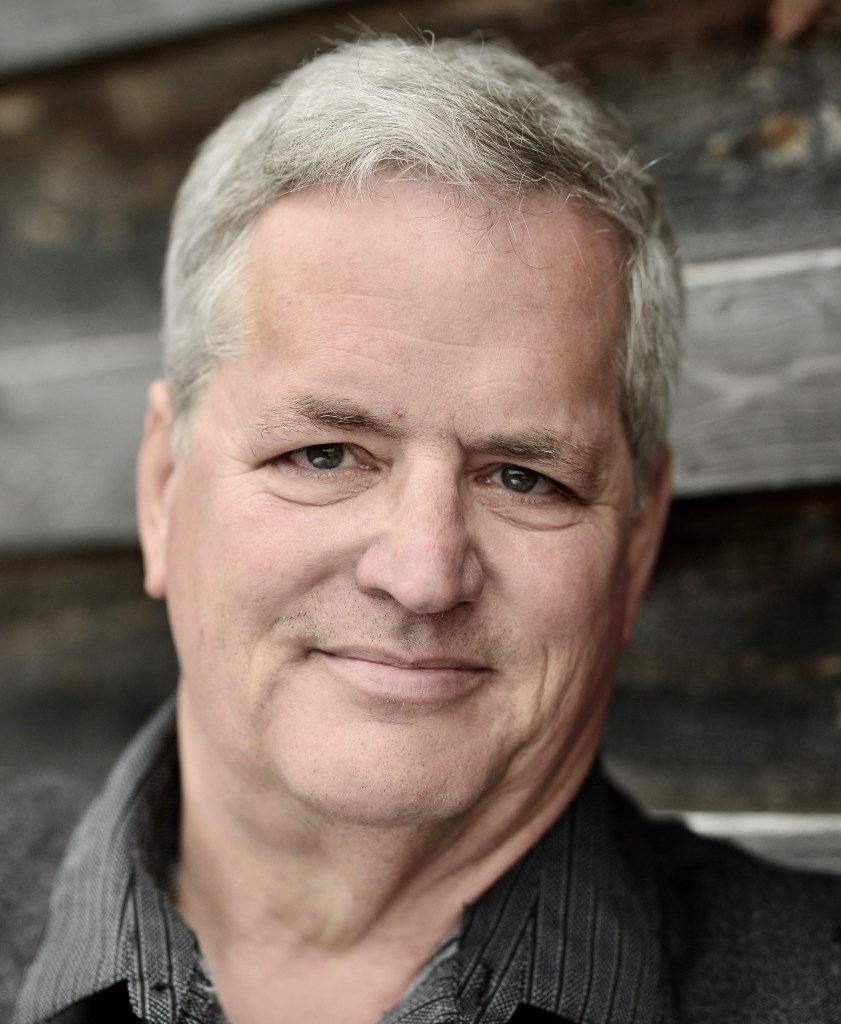Arts’ Watch: ‘Barbie’
Published 12:00 pm Saturday, August 5, 2023

- Bill McCann is an arts columnist, playwright, member of the Dramatists Guild, and a host of the Theatre Series, an occasional feature of WEKUs Eastern Standard news magazine.
|
Getting your Trinity Audio player ready...
|
By Bill McCann
Columnist
Greta Gerwig’s movie “Barbie” is perfect for a summer heat wave with a perfect storm of humor, social commentary, laugh-out-loud moments, quiet thoughtfulness, and, oh, yes: Barbie (and Ken).
Trending
The ambitious movie gives viewers a Barbieland that looks like what every little girl and boy and trans child can buy at their local big box store—if someone’s bank account can take a massive hit to its bottom line.
The set is boldly pink and built to look like a human-sized version of the dolls and accessories available for sale in toy stores near local movie theatres. It allows hands to reach and move Barbie and Ken around within their environment.
Early on, we see Barbie (Margot Robbie) wake up, get up, and go for a drive in her pink convertible at a pace that suggests that a child on its knees is pushing the car. The scene is hardly a marvel of technology. It is a scene that conveys what playing with Barbie is like.
But there is more at work than bringing Barbie to life. “Barbie” is a film that takes on what it means and feels like to be female in America today. 2023. Much of the social commentary will undoubtedly work in other settings and other countries, but the iconography and storyline are clearly meant to make Barbieland an extension of California, USA.
The plot is that Barbie is affected by what is happening in the real world, and it takes its toll on her. In the Real World, Barbie’s human, Gloria (America Ferrera), is dealing with issues associated with aging: cellulite, and thoughts of death. And when Barbie one day finds herself with flat feet she also faces the same issues as her human. The movie then, with the help of Weird Barbie (Kate McKinnon) becomes a buddy movie as Barbie (reluctantly) takes Ken (Ryan Gossling) along to set things right again.
Yes, the plot sounds contrived. It is. But like many comic stories meant for children it has lots of thought-provoking comments and jokes meant for adults. Barbie blows off Ken in a manner reminiscent of how high school boys “get rid” of girls when they are “inconvenient.” That scene may go over the heads of many tweens, certainly over the heads of kindergarteners.
Trending
But constant references to “patriarchy” and taking Barbieland “back” almost certainly will generate questions and conversations more common among high school and college students than four-year-olds. But hey, “they grow up so fast.”
“Barbie” is an enjoyable movie with a lot that must be absorbed—from the fascinatingly intricate and accurate Barbieland set to its ideas—including that almost every doll character is named either Barbie or Ken, all of the same “age.” Yet, the diversity of the ‘dolls’ is as broad as our nation’s ethnic, religious, and social milieu allow for in its two-gendered world.
Conversations about patriarchy and feminism—vital as they are both in the film and life—take the film away from its expected cotton candy experience; but that is not a bad thing. In fact, the adult themes that underlie this movie may cause it to be taken seriously at awards time.
Indeed, I suspect that Ryan Gosling—playing against type for the men found in almost any other movie—will likely be nominated. Margot Robbie, meanwhile, who looks like Stereotypical Barbie but is a very talented actress who plays her character with depth and never as an airheaded blonde bimbo, may, unfortunately, be overlooked. Yet, both are worthy of recognition.
And Greta Gerwig’s “Barbie” is worth your time.





